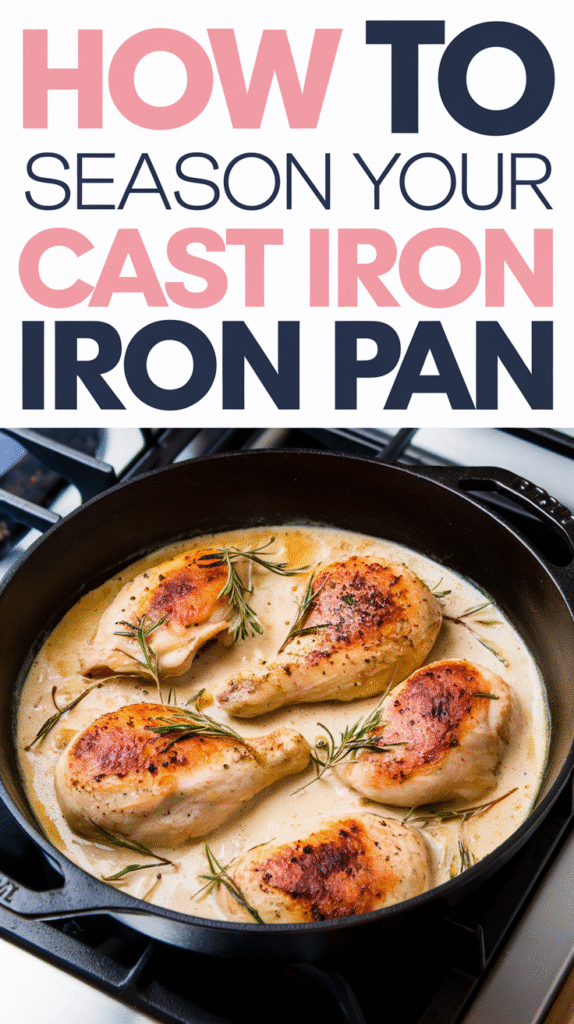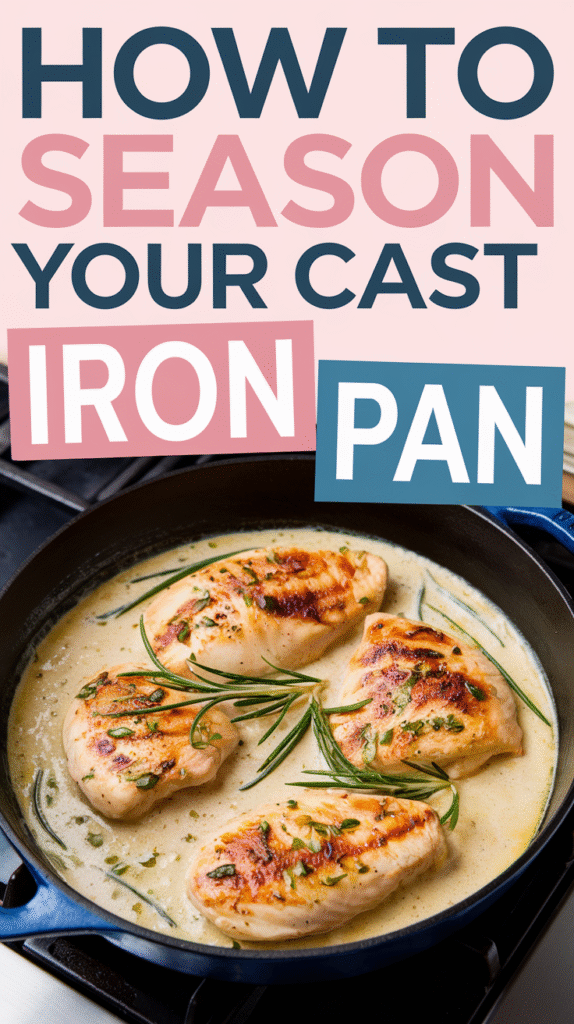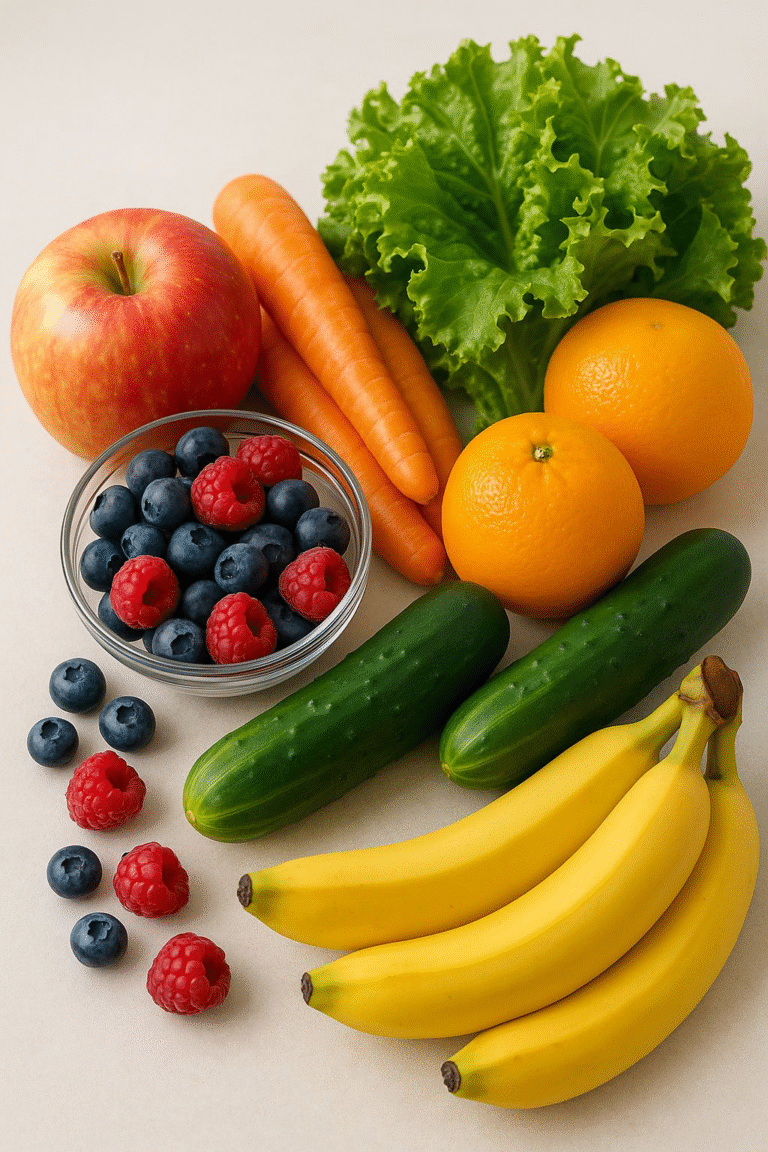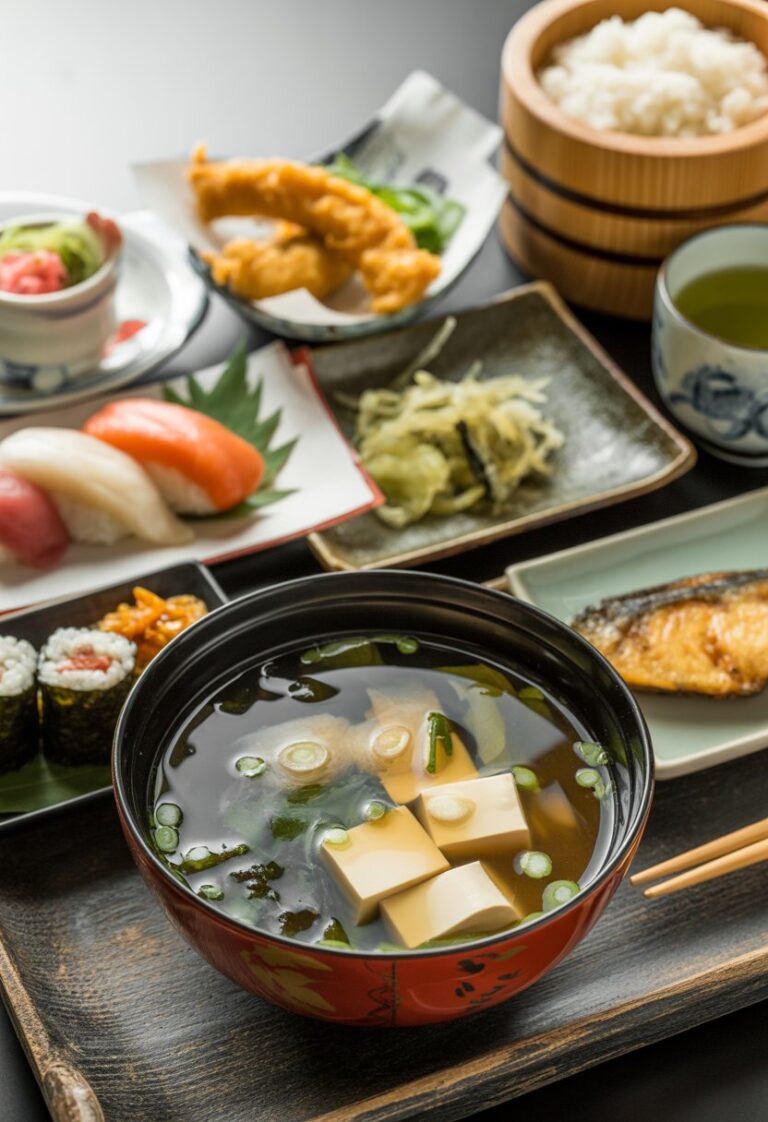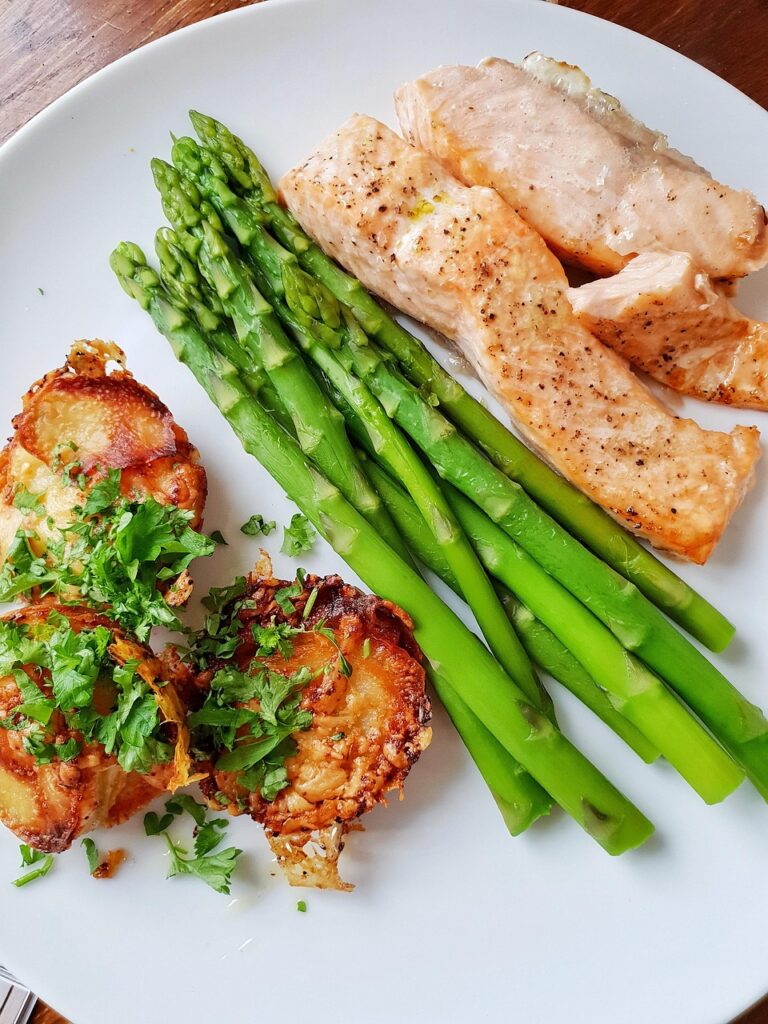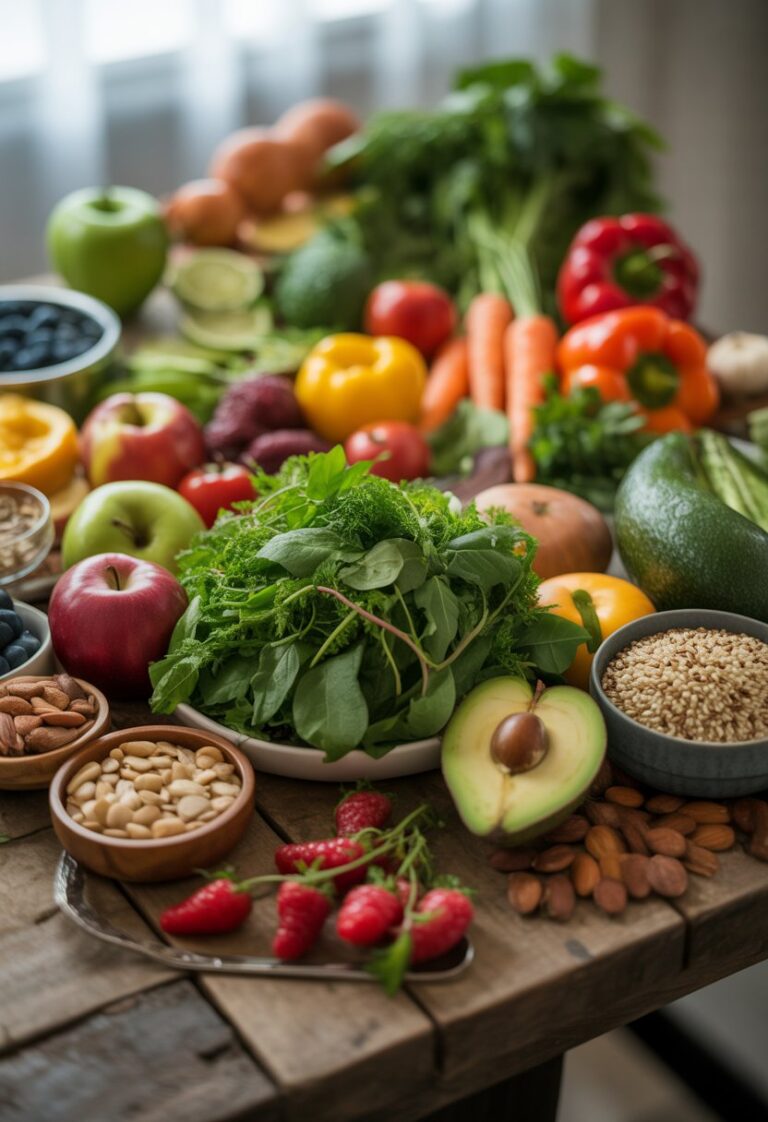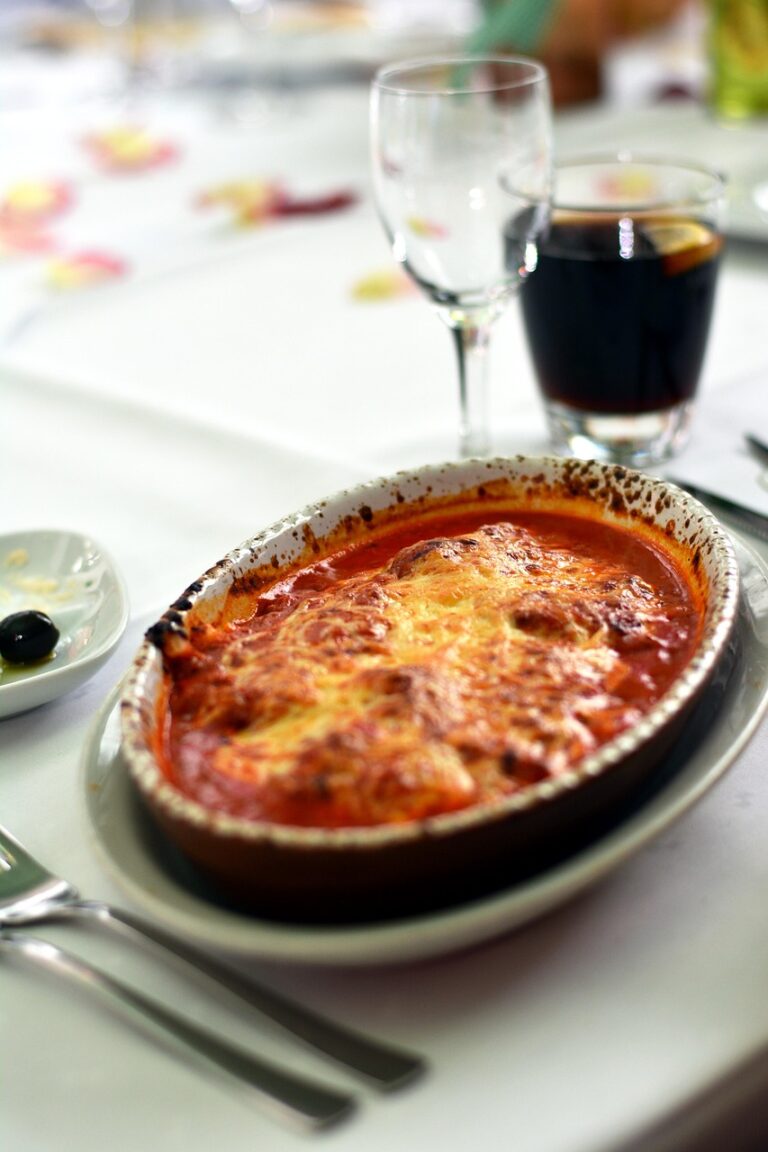How to Season Your Cast Iron Pan for a Non-Stick Finish
If you want your cast iron cookware to last and perform its best, seasoning is key. Seasoning your cast iron pan means coating it with a layer of oil that bakes into the surface, creating a natural non-stick finish. This process protects the pan from rust and improves how your food cooks.
This post may contain affiliate links. For more information, please see our disclaimer.
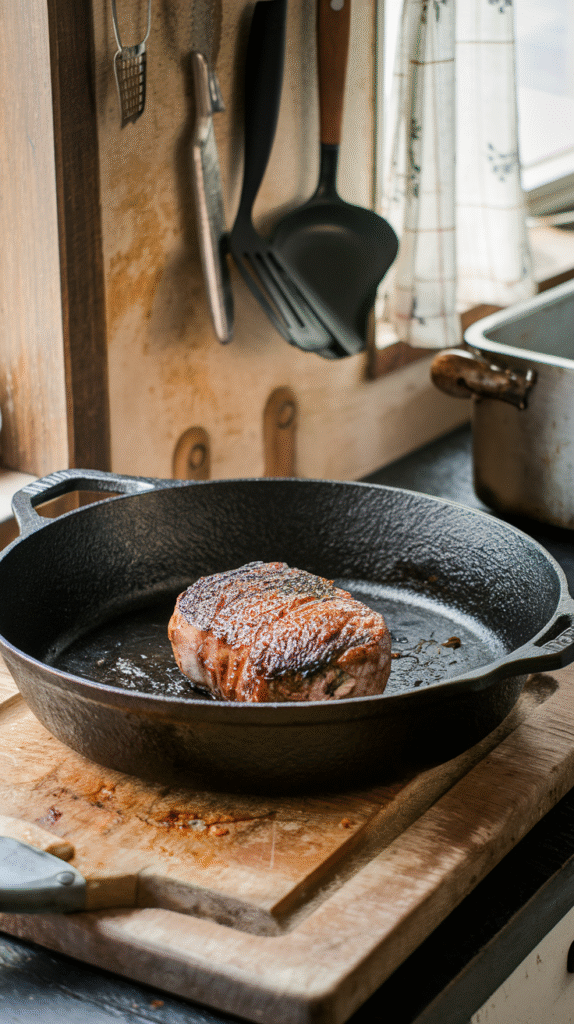
You don’t need any special tools or fancy oils to get started. With just a bit of oil and some heat, you can keep your cast iron pan in great shape. Once you know how to season it properly, your pan will be ready for all kinds of tasty meals.
Choosing and Preparing Your Cast Iron Pan
Before you season your cast iron pan, you want to pick the right type and get it clean and dry. This helps the seasoning stick well and stops any rust or residue from messing up the process.
Selecting the Right Cast Iron Cookware
When choosing a cast iron skillet or grill, think about how you will use it. A Lodge cast iron skillet is a good choice for beginners because it heats evenly and is ready to season right away.
Look for cookware that’s free of rust and major cracks. If you buy a new pan, it might already come pre-seasoned, but second-hand pans will need more prep. Heavy pans tend to cook better, but make sure you feel comfortable lifting it.
Cleaning Your Cast Iron Before Seasoning
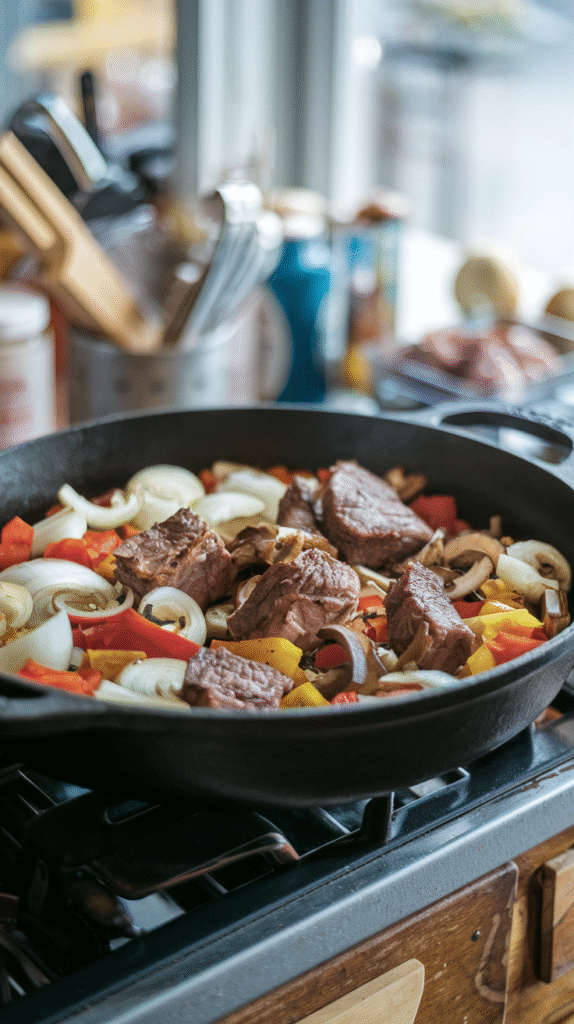
Cleaning your cast iron pan properly is important. Use a scouring pad or stiff brush with warm water to remove any dirt, rust, or old seasoning.
Another option is to use salt to form a scrub to get rid of any rust. If there is a lot of rust you can tip away one lot of salt and use more. The salt can’t be used as it will now have rust in it.
Avoid soap if you can because it can strip the previous seasoning. If your pan is very rusty, soak it in warm water and scrub with steel wool. Make sure you get rid of all residue before moving on.
If your skillet is really rusty and dirty use some mild soap to make sure you are starting from a clean surface.
Drying and Prepping the Surface
After cleaning, dry your cast iron thoroughly. Use a cloth or paper towel to wipe it and then heat it on the hob for a few minutes to remove any leftover moisture or in the oven for a few minutes on low.
How to Season Your Cast Iron Pan
Seasoning a cast iron pan creates a natural, non-stick coating and protects it from rust. Different oils and fats work well, and the process involves cleaning, oiling, and heating your pan.
Best Oils and Fats for Seasoning
Choosing the right oil is important. Vegetable oil, canola oil, and peanut oil are popular because they are easy to find and create a good, lasting layer. Flaxseed oil is also praised for its strong, durable seasoning but can be more expensive.
Animal fats like bacon fat, lard, and shortening work well, offering extra flavour if you like to cook meat. Butter and olive oil don’t work as well because they burn easily and can leave sticky residue.
Try to avoid cheap cooking oils with additives. Always use oils with a high smoke point to get a smooth, hard seasoning.
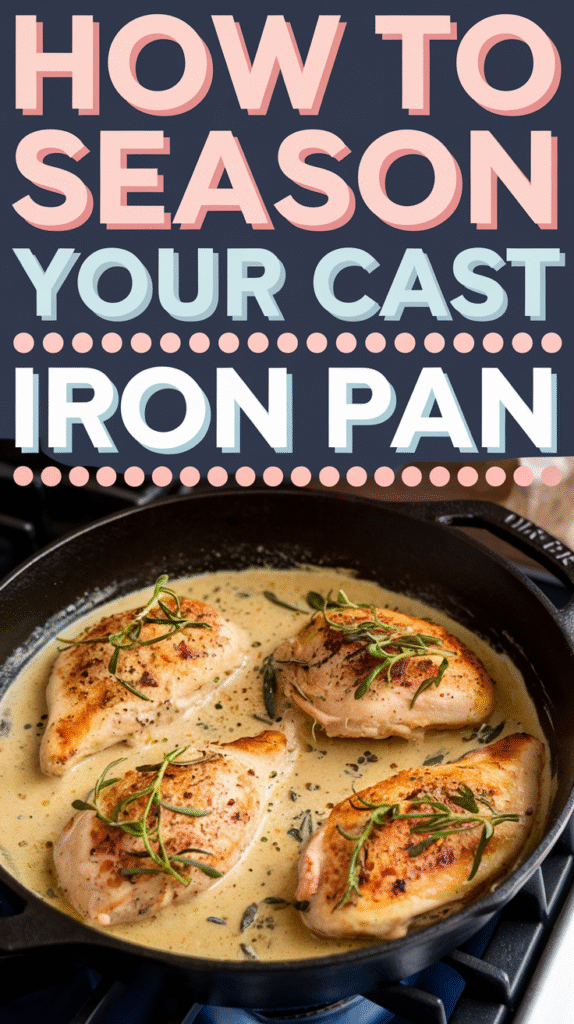
Seasoning Your Pan
Use a paper towel to apply a thin, even coat of your chosen oil inside and out. Wipe away an excess, too much oil can make the surface tacky.
Place the pan upside down in a hot oven at 200-250°C. Put a tray or foil underneath to catch drips. Bake it for about an hour, then turn the oven off and let your pan cool inside.
Repeat this process two to three times to build a solid, non-stick surface. Thin coats are better than thick ones because thick layers can peel off and become sticky.
Cooking Bacon And Everyday Maintenance
Cooking bacon is a great way to add seasoning naturally. The fat from bacon coats the pan while cooking and helps fill in rough spots on the surface.
After cooking, wipe your pan with a cloth or paper towel. If stuck-on food remains, scrub gently with coarse salt and a bit of water. Avoid using soap regularly, as it can strip away seasoning.
Always dry your pan fully after cleaning to stop rust. Lightly oil it when storing, especially if it won’t be used for a while. It might be best to heat the oil as you would season your pan to avoid the fat going rancid if your pan will be used for a long time.
Storing And Caring for Seasoned Cast Iron
Store your cast iron pan in a dry place. Avoid stacking pans directly without a protective layer like a paper towel between them to stop scratches and loss of seasoning.
If your pan gets rusty, scrub the rust off with steel wool and re-season it. Never soak your pan or leave it in water overnight.
For camping or outdoor use, keep your pan oiled and dry. A well-seasoned pan can handle rough treatment but needs care once you’re done cooking.
